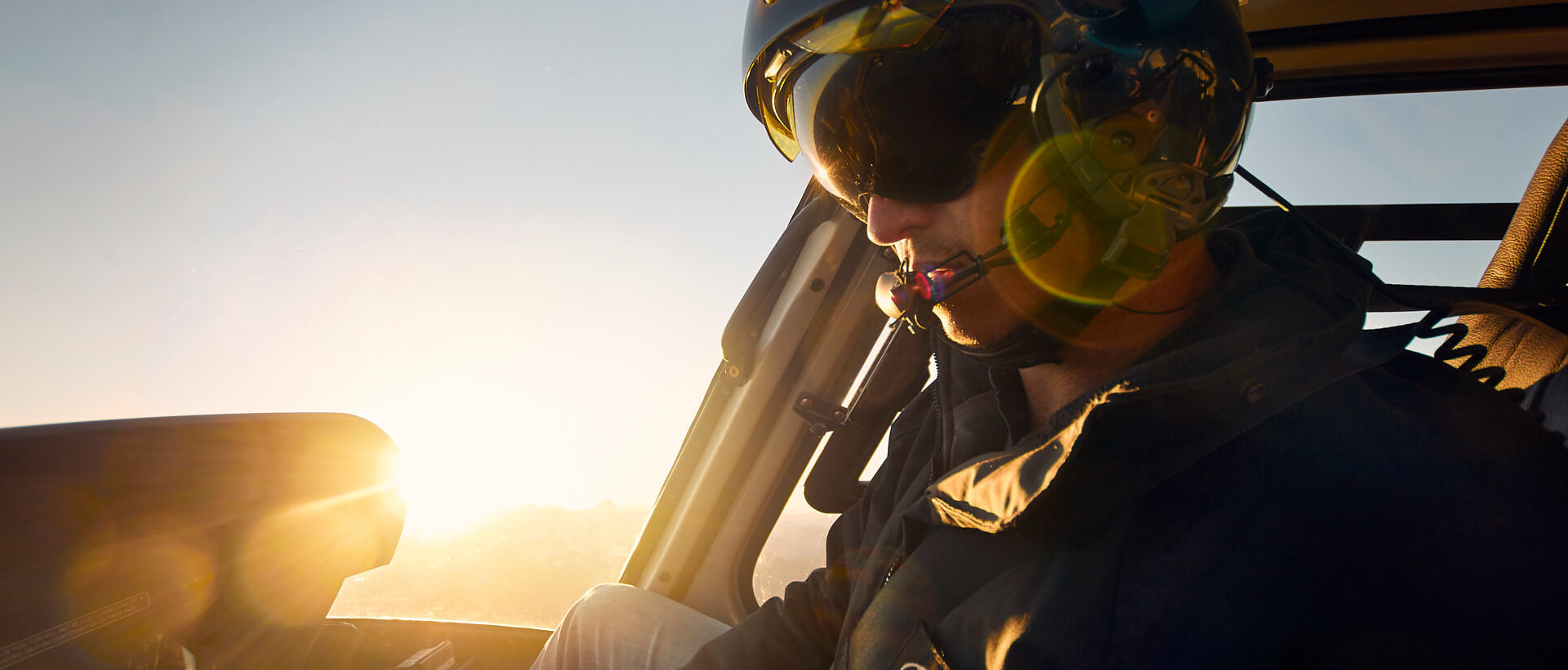
Diploma in aviation faq's
We have put together a list of the most frequently asked questions about the Diploma in Aviation General, Helicopter. We hope that these will answer any questions you have initially and if you would like further information then please reach out to our team and we will be happy to help.
Q: Will I get my Private and Commercial licence?
A: Both licences are included as part of the Diploma, but every licence requires experience (a minimum of 50 flight hours for PPL and 150 flight hours for CPL) and the pilot must demonstrate flying to standard. Rarely, students require more flight time to meet standards than built into the programme, but we discuss your progress continuously throughout training so that you can make a good decision. This is most often a concern for students with some prior flight experience at other times in other environments. Every student with flight experience undertakes an evaluation flight as part of the Recognition of Prior Learning (RPL) process.
Q: Can I fly my friends during the studying the Diploma?
A: Each of the flights in the Diploma programme has specific training objectives so only rarely are there opportunities for others to join in. Once you gain your PPLH however, you are a licenced pilot and can take personal flights in any helicopter you have access to and are type-rated in.
Q: What is the time commitment of the Diploma? Can I also work during terms?
A: Most domestic students apply as full-time students with StudyLink student loans and are therefore limited to 20 hrs/ wk of paid employment (40 during breaks). Diploma courses and flights are typically scheduled Mon- Fri from about 8am to 5pm. Classroom sessions vary between courses, but typically occupy 2-4 days per week with the other days open for flights, operations experience, and self-study. During the first 6 months, students have a lot of reading (typically 2-4 hours per night) to do outside of class. Since study takes 35-45 hours per week of effort, holding an evening or weekend part-time job is possible, but avoid during the first 6 months if possible.
Q: When do I get to fly?
A: Unlike many flight schools, Wanaka Helicopters strongly believes in integrating practical cockpit and classroom lessons. Trainees typically fly 50-70 hours spread out over their first year (based on individual progress) while completing their PPL. A minimum of 150 hours, total, are flown for CPL licensing. It is not advantageous to ‘rush’ through flight training early on. Most students will gain their PPL at or near the end of year one and complete the rest of their ground courses and flying sometime between September and December of year two.
Q: What do I get to fly?
A: Students will train in a two-seat trainer during their first year. This may be a Robinson R22 Beta II or Guimbal Cabri G2. After completing their PPL they will then cross-type to the other two-seat trainer and then complete a type rating in the most common commercial helicopter in the world, the four-seat Robinson R44 Raven II. This provides valuable training for employability and also allows students to choose the most appropriate helicopter for a given flight objective. Eight R44 hours and 142 two-seat trainer hours are built into the costing, but students may choose other types to train in after their PPL at additional cost (most commonly additional R44 time, AS350 rating, or MD500 rating).
Q: Is accommodation available?
A: Wanaka Helicopters is unable to provide long-term housing, but recommends that all students arrange only short-term accommodation (1-3 weeks) before the start of classes. In all past years, during this time students have either found local accommodation (often a room in a shared house) or grouped together to share a house.This is often the most economical solution and also one we recommend as students find it very helpful to live, carpool, and study together. In December, we will share contact details of the students who have accepted placement offers so that they may cooperatively make arrangements.
Q: I’ve flown a plane, a helicopter, taken an exam, or started study elsewhere. Does that count?
A: Every application will go through a Recognition of Prior Learning (RPL) process prior to receiving their offer letter.While credits on your record of achievement can be assessed electronically student’s with flight hours will need to undertake an assessment flight with one of our instructors to determine the amount of flight experience credited, but every hour you fly anything is valuable to your overall training experience.
Q: How much flying do I do each week? (All flights conditional upon weather conditions)
A: During the first several weeks you will typically only fly 0.5 – 1 hour per week, this ramps up at key stages such as solo and again during flight test (PPL or CPL) prep.
Q: Can I work towards the Diploma part-time or even just take one or two of the classes?
A: Yes, but most ground classes are taught only once per year, so close communication is required for part-time study. Your ability to qualify for student loan funding is affected by your enrolment.
Q: Are there holidays during the year?
A: Yes, schedules vary due to calendar, weather, and operational conditions, but generally there is a 3-week break after every 10-12 weeks of training. Ground courses vary in length from 1 to 5 weeks (2-4 days per week, more in year one, fewer in year two) with flights, briefs, and ground operations occurring on 1-3 days per week (fewer in year one, more in year two). Students are expected to be available and on-site between 08:00 and 17:00 Mon-Fri, though most courses are scheduled 08:30-15:00. Flights are available upon request during weekends if a weekday flight is cancelled and it fits into the student’s training stage.
Q: How much does it cost to study a Diploma in Aviation with Wanaka Helicopters?
A: Candidates with fewer than 60 post-secondary academic credits may be eligible for the provider-based Fees-Free programme. Visit www.feesfree.govt.nz or talk to us to see if you are eligible. Individual course costs are fixed each year, but any annual increases are limited to 2% or less. For domestic students (NZ/Aus) the cost of the course in 2022 is $115,000 ($103,000 if you are eligible for fees-free). The international student cost is $138,000. Any shortfall from StudyLink student loans (typically $43k-$45k) needs to be deposited as your ‘personal contribution’ to study. A second year student loan depends upon satisfactory academic and flight progress in year one. All funds are deposited into a Public Fee-Protect Trust fund account for your peace of mind.
We have included a list of the course items included in our programme cost.
Wanaka Helicopters takes a transparent, start-to-finish approach to aviation training costs. We aim to remove worries of most of the ‘incidental’ costs during training.Aviation is always a team effort and to help build the industry’s next generation of scenic, commercial, agriculture, and rescue pilots we are pleased to help trainees through our own scholarship programme! In 2022 Wanaka Helicopters is able to offer one $10,000 scholarship to student of New Zealand Māori or Pasifika heritage and one $5,000 scholarship for a female www.feesfree.govt.nz also encourage Upper Clutha residents to apply for the Allen Hogan Scholarship. Each candidate should actively explore their communities for other assistance opportunities.

